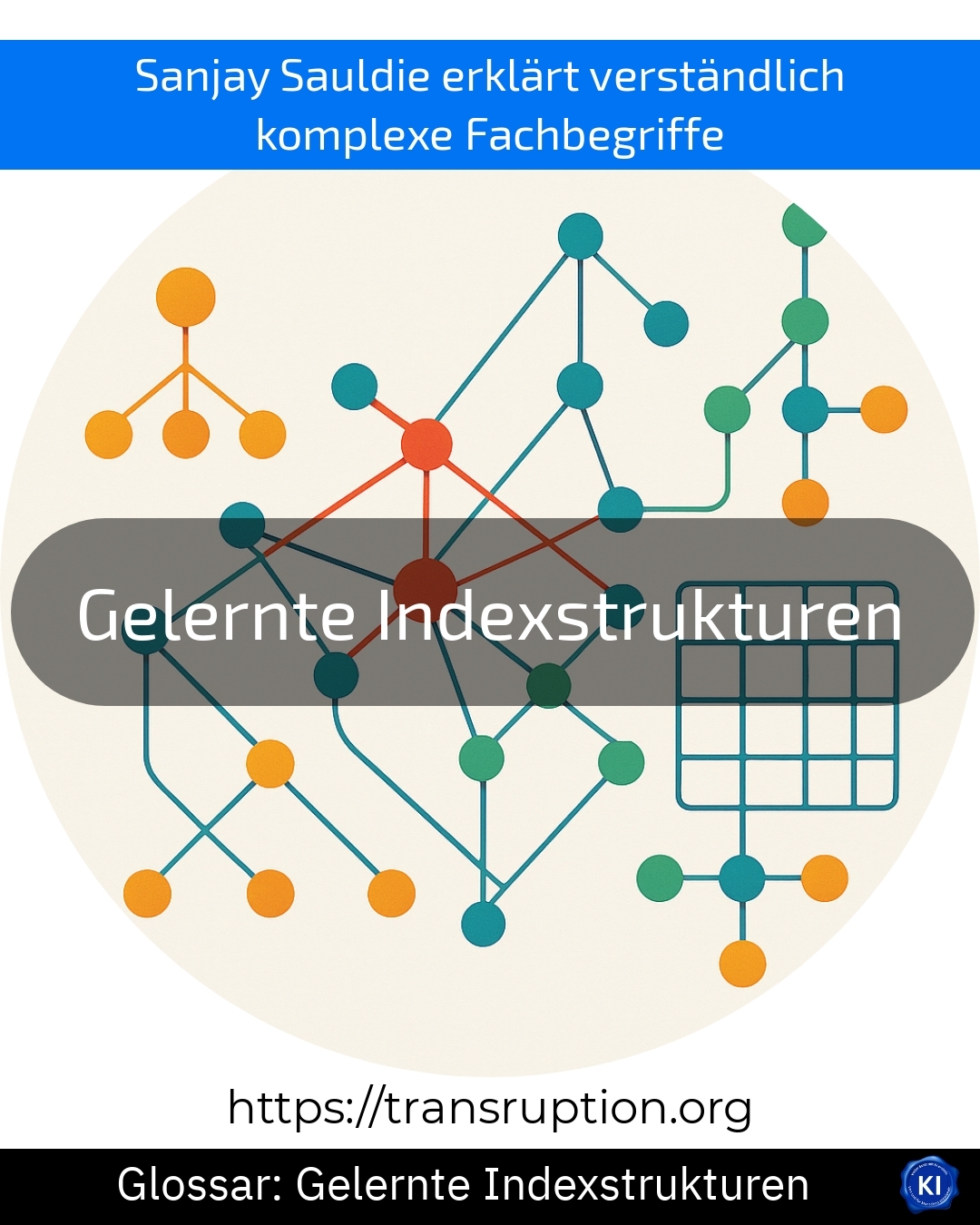Learned index structures are a term used in the fields of artificial intelligence, big data, smart data and digital transformation. They describe a modern method of searching through large amounts of data more quickly and efficiently by using artificial intelligence to optimise so-called "data indices".
Traditionally, index structures - special database rules for quick searches - were programmed by experts. With learnt index structures, this is done by artificial intelligence, which learns from existing data and then independently finds better ways to store and retrieve data.
A practical example: Millions of customer data are stored in a company. If, for example, you search for all buyers who have spent over 500 euros in the last month, the search can take a long time. However, if the company uses learned index structures, artificial intelligence can recognise typical search patterns and organise the data in such a way that the search works much faster.
Learned index structures therefore help to make large databases more efficient - especially where a lot of information is needed at lightning speed. This is an important component of modern, data-driven companies.















